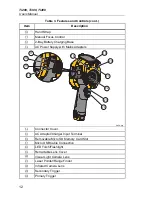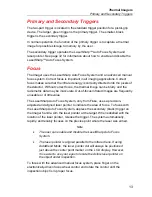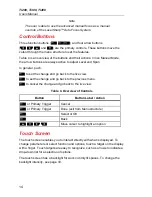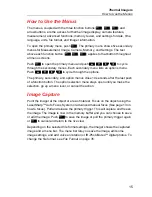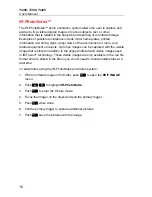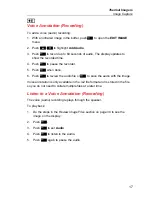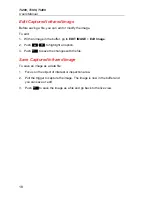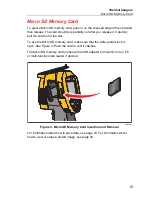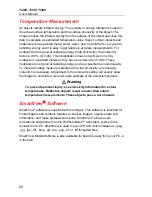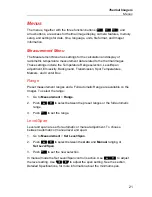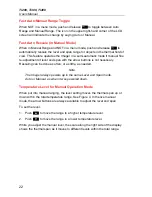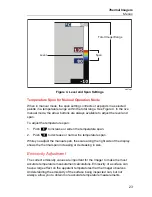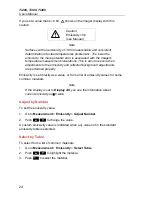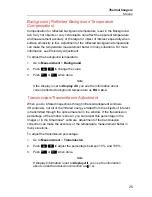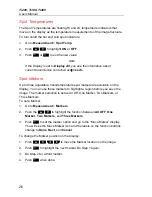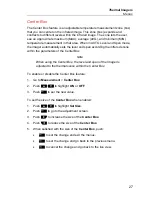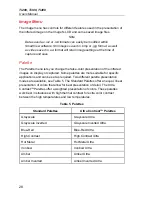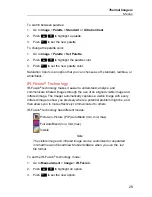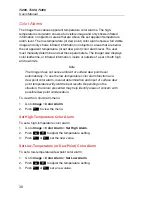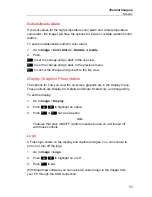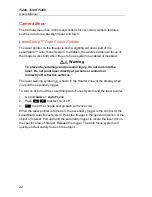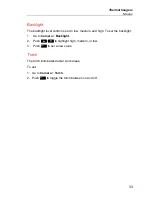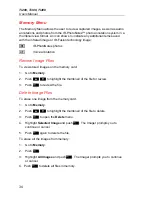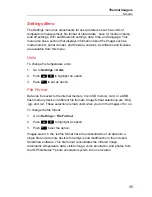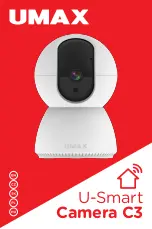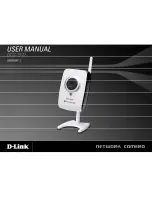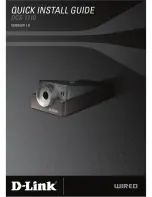
Ti200, Ti300, Ti400
Users Manual
20
Temperature Measurement
All objects radiate infrared energy. The quantity of energy radiated is based on
the actual surface temperature and the surface emissivity of the object. The
Imager senses the infrared energy from the surface of the object and uses this
data to calculate an estimated temperature value. Many common objects and
materials such as painted metal, wood, water, skin, and cloth are very good at
radiating energy and it is easy to get relatively accurate measurements. For
surfaces that are good at radiating energy (high emissivity), the emissivity
factor is
≥
90 % (or 0.90). This simplification does not work well on shiny
surfaces or unpainted metals as they have an emissivity of
<
0.60. These
materials are not good at radiating energy and are classified as low emissivity.
To more accurately measure materials with a low emissivity, an emissivity
correction is necessary. Adjustment to the emissivity setting will usually allow
the Imager to calculate a more accurate estimate of the actual temperature.
Warning
To prevent personal injury, see emissivity information for actual
temperatures. Reflective objects result in lower than actual
temperature measurements. These objects pose a burn hazard.
SmartView
Software
SmartView
®
software is supplied with the Imager. This software is intended for
Fluke Imagers and contains features to analyze images, organize data and
information, and make professional reports. SmartView
®
allows audio
annotations and photos from the IR-PhotoNotes™ annotation system to be
reviewed on a PC. SmartView is used to export IR and visible images as .jpeg,
.jpg, .jpe, .jfif, .bmp, .gif, .dip, .png, .tif, or .tiff formatted files.
SmartView Mobile Software is also available for flexibility away from your PC or
in the field.







